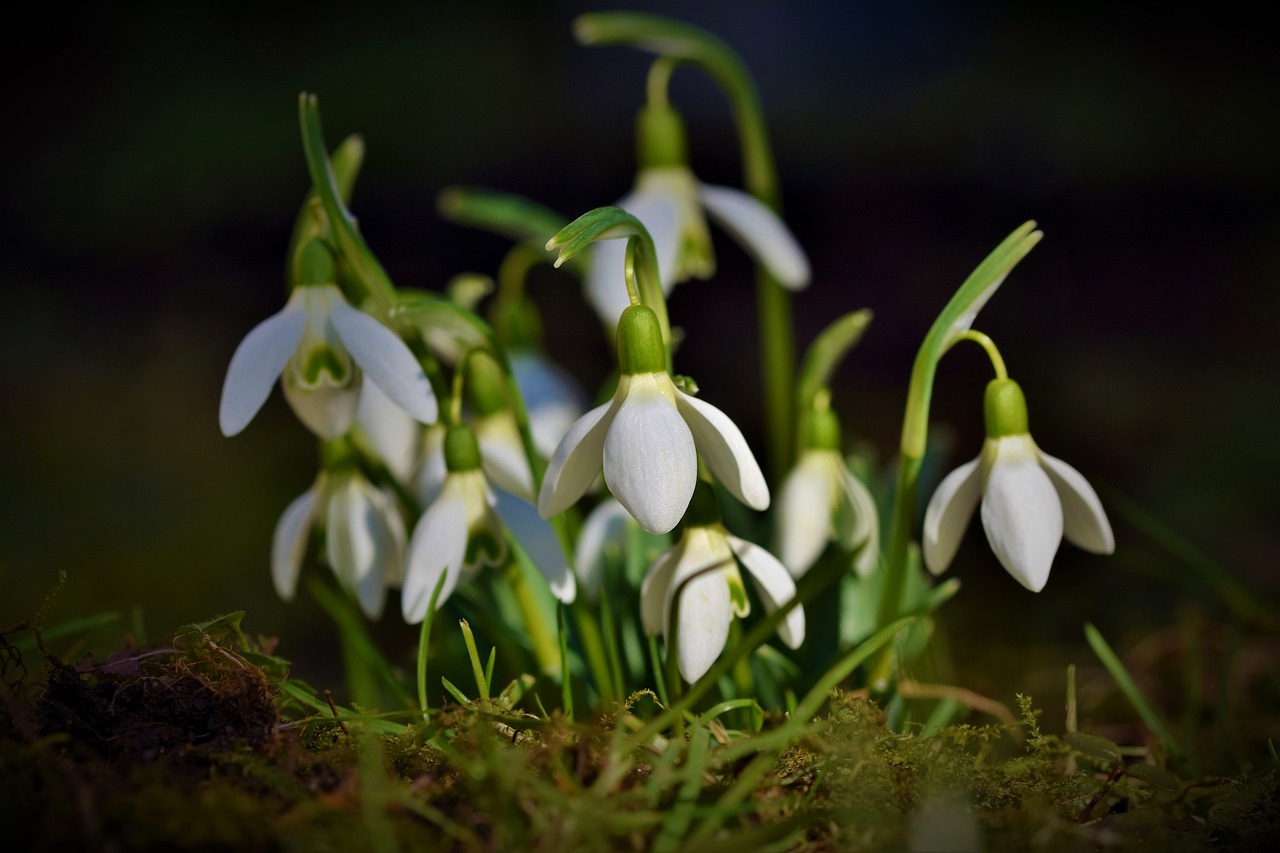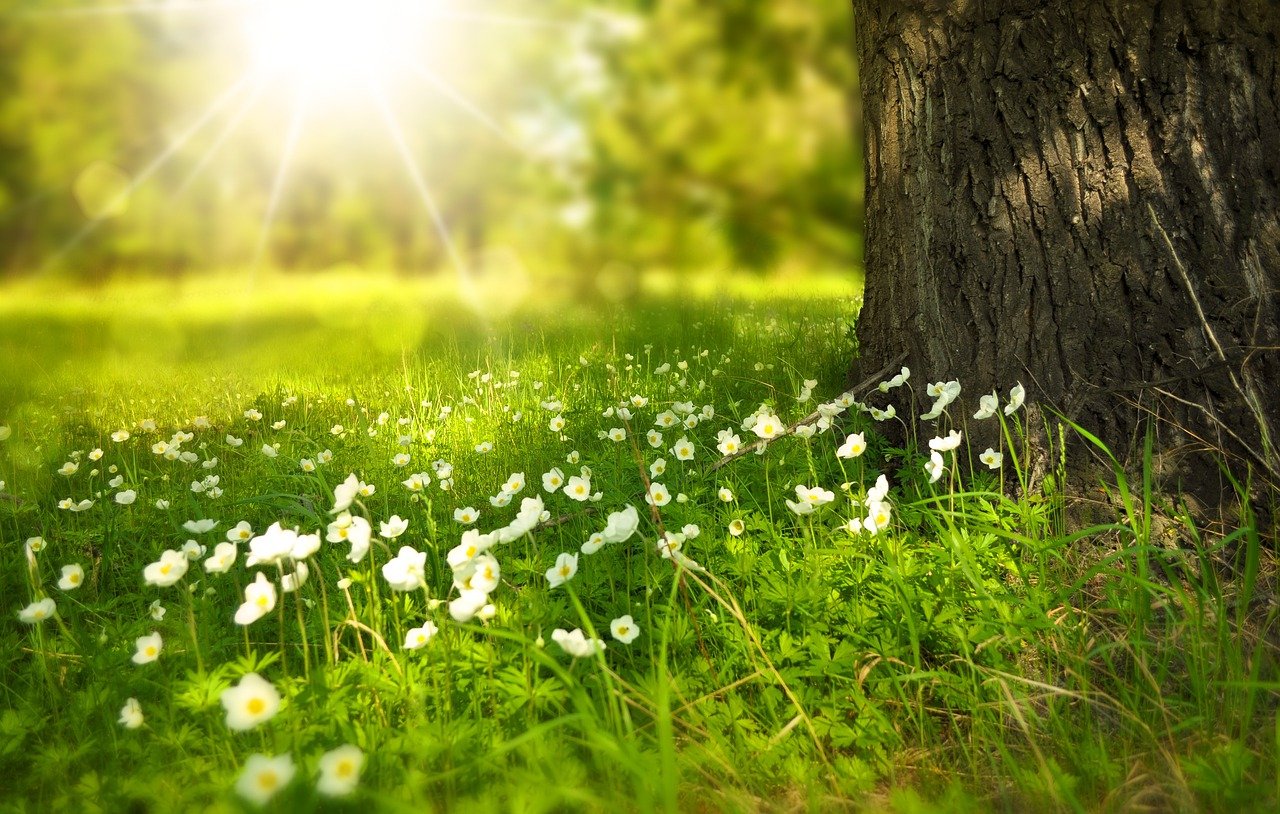Spring is just around the corner and that makes this the perfect time to start planning the new look for your backyard. While you’re at it, why not do it in an eco-friendly way and help keep our planet clean and healthy. Go through these tips to ensure you are taking the right steps to give your outdoor area a stunning new look in a sustainable and nature-friendly way.
Chemical-free garden

First, let’s talk about chemicals. Even though there are many public campaigns that are raising awareness of the danger of using lawn chemicals and educating about the effect chemicals have on nearby water bodies, nature, and animals, many individuals simply choose to ignore it.
Well, it is time to listen and stop using harmful products that are threatening the environment and affecting our future. Let your first step be getting rid of all non-organic plant-care products from your shed and start being eco-conscious!
Organic alternative

Using chemicals like synthetic fertilizers, pesticides, or herbicides in your garden will help kill fungal or animal pests but it will also harm the earth more than it will help your plants. That is why it is extremely important to turn to alternatives when it comes to fertilizing and keeping pests away from your garden. There is a large variety of organic fertilizers available in most stores nowadays and you can even make your own products using organic and natural ingredients from your home that can keep your garden pest-free.
For example, you can use organic alternatives as pesticides such as garlic and onion solution that most pests detest and it won’t harm your pets. Simply mix minced garlic clove and one medium-size onion with a quart of water and add a teaspoon of pepper. Spray the mixture on the affected areas and voila! A 100%, natural pest control product for your garden.
Also, using finished compost as a fertilizer is a great way to nourish your garden since it is a free soil amendment and it won’t harm your plants in any way. Adding rich and healthy compost to the soil will improve the quality and overall texture of it and your plants will grow stronger and healthier. In pre-prepared high-quality soil, you can plant all those early blooming plants, shrubs, and bushes to make your garden your own piece of heaven in springtime!
DIY compost bin

Speaking of compost, making a compost bin can be a great way to collect organic materials you can use to fertilize the soil in your garden. It is very helpful as long as you make sure you are composting the right materials. There are two types of organic materials you need to know about before filing your compost bin.
The first type refers to organic greens that are described as wet materials high in nitrogen and include leaves, fresh grass clippings, plant trimmings, house plants, vegetable and fruit, coffee grounds and filters as well as tea bags and leaves.
The second type is browns – dry materials high in carbon including dry leaves, straws, hay, wood remains (natural wood woodchips and sawdust), dry grass, paper (newspaper, paper towels, paper tubes, recyclable paper, etc.). When composting materials try to maintain a balance of greens and browns by weight to make a rich fertilizer for your garden.
Eco-friendly mulch

Using organic mulch will not only add up to the natural appearance and make your garden look attractive but it will also help improve the soil’s fertility since it decomposes.
Besides adding aesthetic value, mulch covers the soil and retains moisture (saves water in your garden), suppresses weeds, and keeps the soil cool while giving your garden bed an exotic, park-like look. Bark, shredded or chipped types are best used around trees, shrubs, and garden beds, and they last longer.
A great option for an eco-friendly garden bed is eucalyptus mulch. Its pleasing scent is a natural deterrent that makes it perfect for sending away fleas and pests from your backyard and it will not harm the soil. It retains its color and looks even better with age because it goes from golden yellow to reddish tones. This type of mulch settles into the soil that makes it an organic fertilizer, which is just another plus.
Rainwater harvesting
Collecting, storing and using rainwater is an economical, easy and sustainable way to take care of your garden and your lawn. This technique, called rainwater harvesting, is growing in popularity (even though it is a well-known ancient technique used in third century BCE in agriculture) because it is reducing the consumption of potable water.
It is a method of collecting the run-off (water from rain or snowmelt) from a surface in order to store it for later use. You will have a beautiful blooming garden and fresh green grass, and at the same time you won’t be spending too much on your water bill. Watering the soil using this method will ensure you are not polluting the environment with chemicals such as fluoride and chlorine and it is simple to install and use.
Outdoor surface

When preparing your backyard for the new season it is very important to think about cleaning the facade of your house as well as driveways, pavements, patios, decks, pergolas, and even gazebos. That way you will get a whole new look of your outdoor area without breaking a bank and you will ensure it looks attractive and clean in seasons ahead.
Pressure cleaning is a great option to wash all the outdoor surfaces and make sure you are being eco-friendly i.e. not damaging nature or contaminating groundwater. You can read the pressure washer buying guide here.
Furniture makeover

After the cleaning part is done, it is time for an outdoor furniture makeover. If your old pieces are worn-out, weathered, and ready to be replaced, investing in eco-friendly furniture is a great and sustainable way to add up to your garden’s perfect new look. There are three types of materials used for making eco-friendly outdoor furniture: woods (hard-wearing, durable), recycled plastics, and stainless steel (with a higher percentage of recycled content).
- Western red, northern white cedar, and teak not only look stunning even unprocessed but they are FSC-certified as well. That means they come from sustainably managed forests, which makes the furniture eco-friendly as well. When choosing wooden furniture for your patio, keep in mind that wood changes over the years, it might rot, splinter or crack and it will need a fresh new layer of paint every once in a while. So investing in hard-wearing wood outdoor furniture is not the best option if you are not willing to put an effort into its maintenance.
- On the other hand, both stainless steel and recycled plastic or high-density polyethylene (HDPE) furniture is low maintenance, durable, water-resistant (actually, weather-resistant), and looks pretty neat. Choosing this type of furniture for your backyard will for sure save you the trouble of moving it in the bad weather conditions, repairing and repainting it. You can simply add new cushions and pillows every season to give it a makeover and your backyard a whole new fresh look.
The season of outdoor relaxing is coming and by following these steps you will prepare your backyard right on time to enjoy the early spring sunbeams surrounded by wonderful greenery and blooming plants. Not to mention that you will be peaceful knowing you took all the necessary steps to ensure your garden is 100% eco-friendly!






